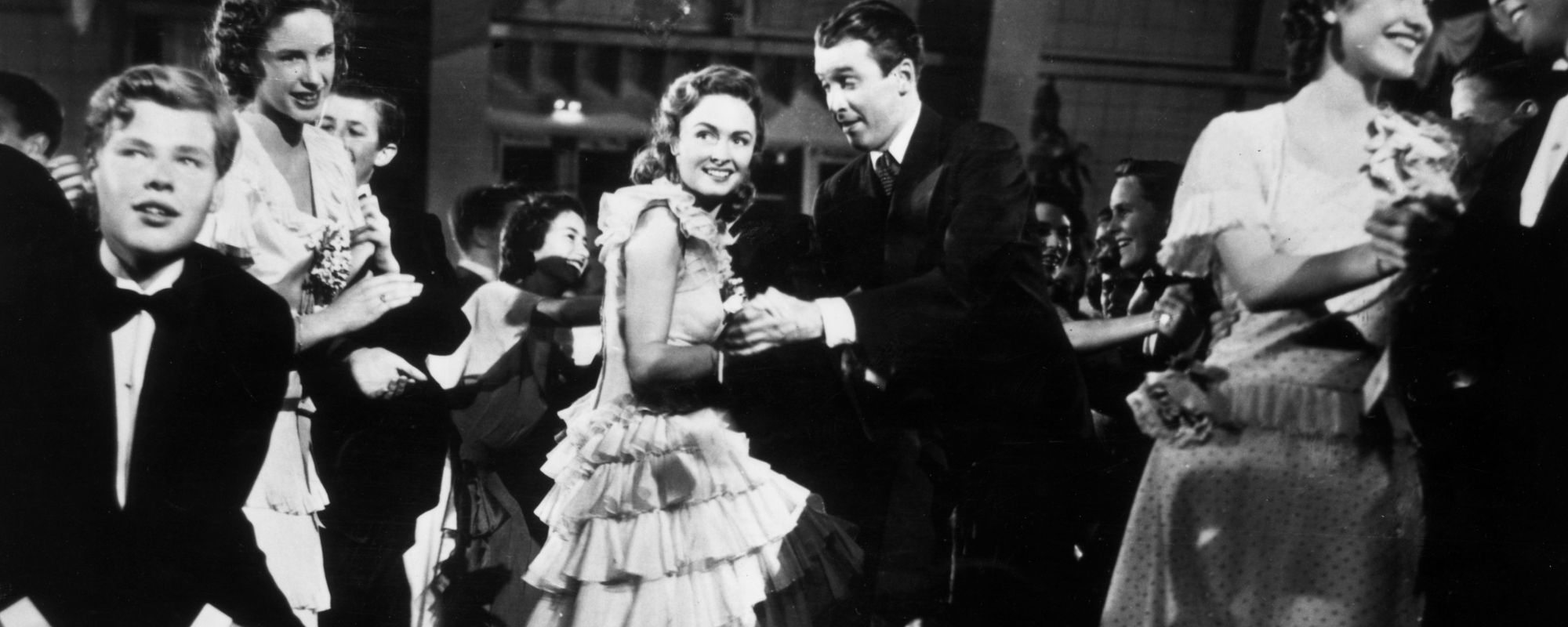It’s a Wonderful Life is the ultimate Christmas movie. But for years, nobody saw it! The film premiered in 1946 and bombed at the box office, despite its high-profile director Frank Capra and A-list star Jimmy Stewart. It’s a Wonderful Life did not come close breaking even, bankrupting the studio and tarnishing Capra’s reputation.
Videos by Rare
But that’s not all that was working against the movie in 1946. Prior to its release, It’s a Wonderful Life was investigated by FBI agents and passed on to the House Un-American Activities Committee. With McCarthyism gaining popularity, the bureau believed the film’s good-will-to-men messaging had the hallmarks of communism.
It’s a Wonderful Flop
Frank Capra was one of America’s most beloved directors during the 1930s, winning three Academy Awards from six nominations. Among his most popular works: It Happened One Night, You Can’t Take It with You, and Mr. Smith Goes to Washington.
Then World War II hit, and Capra began producing propoganda for the U.S. military, including the Why We Fight series: a historic response to Leni Riefenstahl’s intense, and groundbreaking, Nazi propoganda. A major focus of Why We Fight was convincing Americans to get on board with aiding the Soviet Union in hopes of defeating the Germans. In doing so, the series omitted any negative history about Soviets, including their occupation of other European counties, as well as war crimes in the Red Army’s fairly recent Winter War against Finland.
So, Capra became an explicitly a political director. And after World War II, he struggled to build an audience despite apparent hit material. For example, It’s a Wonderful Life, reunited Capra with all-American favorite Jimmy Stewart, the stalwart star of his 1939 sensation Mr. Smith Goes to Washington in his own post-war comeback. (Stewart was among the first major movie stars to enlist in WWII.)
But, for some reason, no one came to see It’s a Wonderful Life. The film barely made back its $3 million budget back, essentially sinking its production company, Liberty Films, and casting Capra (at least temporarily) out of his prime Hollywood status. As the years wore on, it seemed that Capra’s depression-era sensibilities did not resonate with prospering, post-war audiences.
Meanwhile anti-communist rhetoric was ramping up, with McCarthyist blacklisting upending the careers of so many working artistic. Capra was almost one of them.
The FBI Investigation
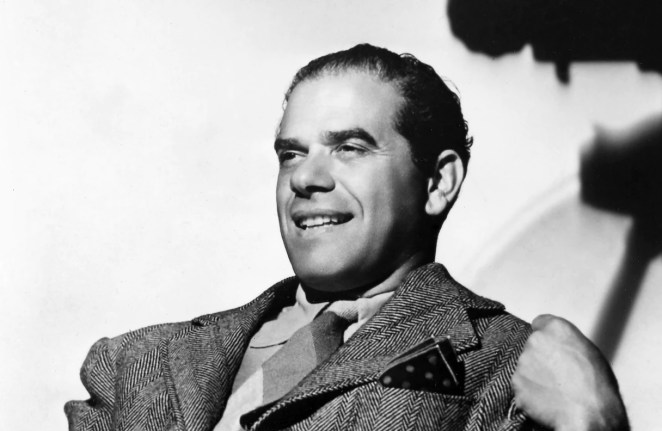
The term McCarthyism was first coined in 1950, after Senator Joseph McCarthy of Wisconsin claimed to have a list of all the communists living and working in the United States. But the Red Scare had begun years earlier with the breakdown of America’s wartime alliance with the Soviet Union. In 1947, President Harry S. Truman signed an executive order in 1947 to screen any federal employee for a possible associations with communism.
And the year before that, a little movie called It’s a Wonderful Life was vetted heavily by the FBI.
According to The Smithsonian, an unnamed FBI agent was sent to watch the film as part of a larger program by J. Edgar Hoover’s aimed at identifying — and neutralizing — communist influences in Hollywood. And though this agent found the film “very entertaining,” he “also identified what [was] considered a malignant undercurrent in the film.”
With that, the investigation deepened and It’s a Wonderful Life was found to employ two common Commie tricks:
- Attacking “values or institutions judged to be particularly American”
- Glorifying “values or institutions judged to be particularly anti-American or pro-Communist”
In the case of It’s a Wonderful Life, the demonization of capitalist banker Mr. Potter fulfilled the first objective and the overall exploration of depression fulfilled the second. George Bailey’s existential crisis, which drives the action of the film, appeared to the FBI as a “subtle attempt to magnify the problems of the so-called ‘common man’ in society.”
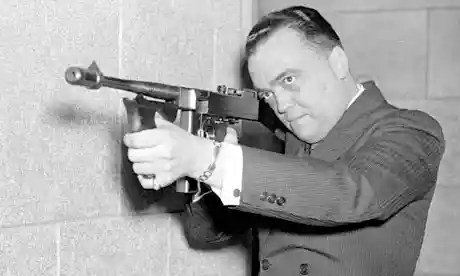
As a result of those findings, the FBI alerted the House Un-American Activities Committee (HUAC), the witch hunt organization which became to define the McCarthy era. However, surprisingly, HUAC chose not to press further. The movie’s run, though unsuccessful, was (as far as we know) untouched by HUAC.
Had It’s a Wonderful Life premiered even a year later, it may not have passed their censorship. The Red Scare heightened soon after its release, and that did not sit well with Capra. Although, he was not branded as a communist, Capra felt — deeply — the effects of the HUAC on American cinema. His biographer Joseph McBride argues that his anger over their interference in film is what led to his early retirement. Disillusioned, Capra stopped making films in 1952 at age 55.
But little did he know, his biggest hit would materialize 20 years later. Like a Christmas miracle.
It’s a Wonderful Triumph
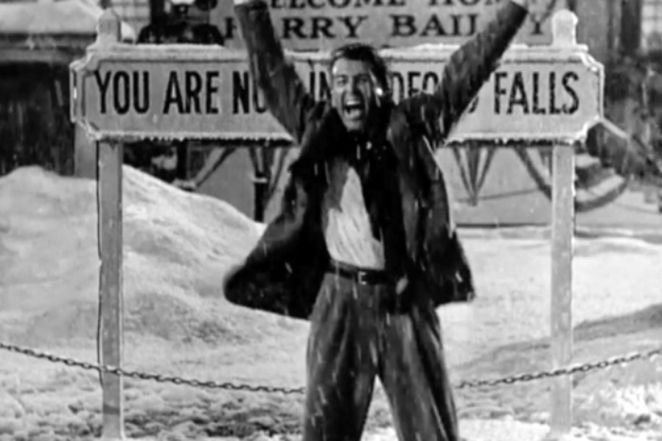
In 1974, 28 years after its initial release, It’s a Wonderful Life fell into the public domain. At that time, the copyright for any film lapsed after 28 years and it was up to the copyright holder to renew the paperwork. But since It’s a Wonderful Life had never made anyone very much money — Liberty Films shut down in 1951 — the copyright was not renewed.
Suddenly, TV stations began airing It’s a Wonderful Life for free! It played on a near-constant basis around the holidays and, before long, just about every American had seen It’s a Wonderful Life. And they all loved it.
Fittingly, the holiday film’s eventual fate was quite democratic — even a little bit socialist. The movie became available to anyone with a TV, forever cementing its legacy as a community affair. Perhaps, that’s the way it always was meant to be seen. Frank Capra, and George Bailey, would both approve.
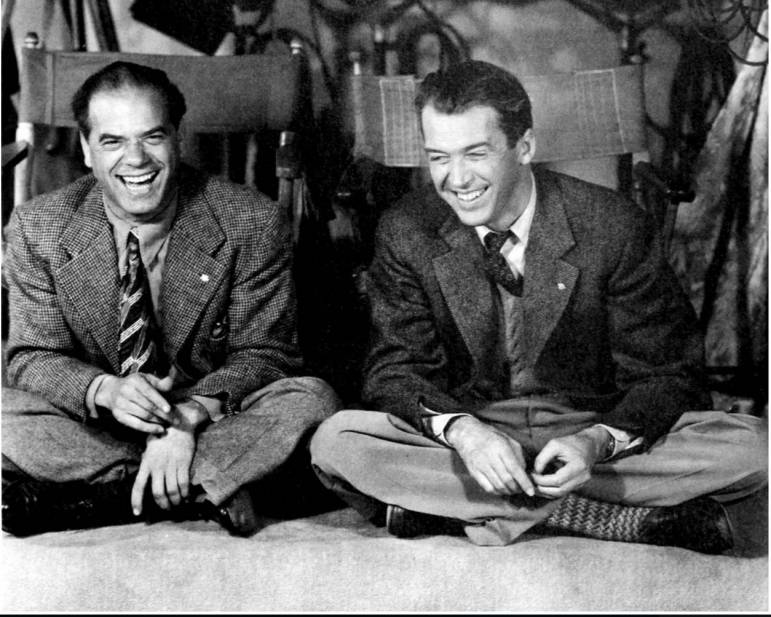
“It’s the damndest thing I’ve ever seen,” Capra once said of the delayed success. “The film has a life of its own now and I can look at it like I had nothing to do with it. I’m like a parent whose kid grows up to be president… I didn’t even think of it as a Christmas story when I first ran across it. I just liked the idea.” Indeed, the anti-capitalist idea of It’s a Wonderful Life can resonate year-round. But around Christmas, it rings as loud and clear as a silver bell.
Attaboy, Clarence!

